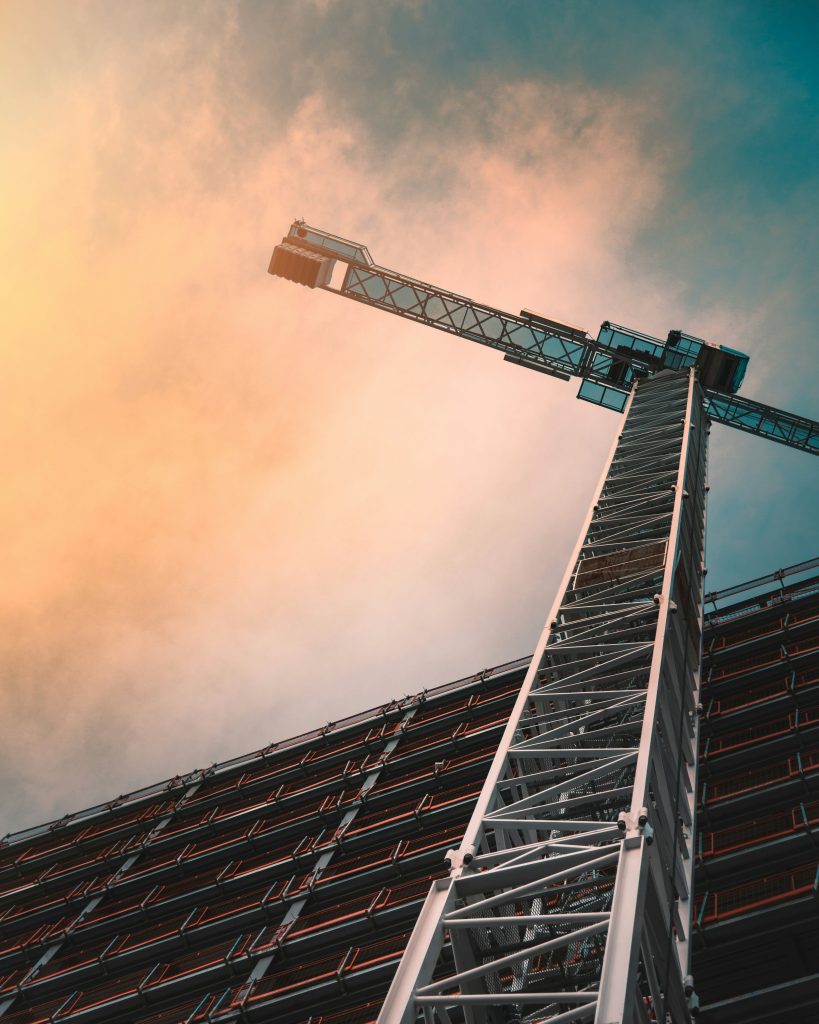An Alliance of Circumstance: How Maui Residents and Insurance Companies Are Working Together for Now

By: Adam Bixby*
It may be hard to imagine that just six months ago today, the last embers of the Maui wildfires were still being put out.[1] News correspondents were in shock of the destruction and chaos that was left in the wake of this natural disaster. But while the headlines of the news cycle have moved on from Maui, the consequences of this wildfire and the need of local residents to rebuild have not. Litigation in the courts over who is to blame and how compensation will be doled out is still going on and likely to grind forward at a slow pace.
The Maui wildfires began as a result of power lines failing to withstand severe weather conditions on an extremely windy day fell and ignited the underlying brush.[2] Those powerlines were operated by Hawaiian Electric (HECO).[3] The flames spread across the island and devastated the former royal capital town of Lahaina.[4] The alarm system of Maui County did not alert residents because officials believed such an alert would confuse people and make them believe there was a warning for a Tsunami and therefore cause them to flee to higher ground where the fires were worse.[5] Currently there are hundreds of lawsuits against HECO, Hawaiian Telcom, the Kamehameha School District, Maui County, and others.[6]
Insurers have paid over $1 billion in claims related to the Lahaina wildfires and are now suing several entities they believe responsible for the wildfires.[7] One silver lining out of this disaster has been the relative efficiency of insurance companies reimbursing residents of the damage to their homes.[8] But now insurance companies are looking to sue HECO and others for the costs that they reimbursed.[9]
But because many of these insurance companies might not insure a policy holder for everything such as loss of consortium or pain and suffering, they are now suing the same defendants as Maui residents.[10] At the beginning of the legal process, both insurance companies and residents are working towards a common goal of trying to find HECO and others liable for damages.[11] But once and if liability is established, it will be a race to the bottom between residents and insurance companies to find out who gets paid how much.[12] It is not hard to imagine what the motivations are for both parties. Residents want to be paid in order to help rebuild get back to growing their economy. But insurance companies want to be reimbursed from paying off their policy holders and failure to do so may disincentivize them from doing future business in Hawaii.
HECO has had to struggle financially since this natural disaster began.[13] Apart from the massive increase in legal fees over these lawsuits, its stock price has nose-dived, rating agencies have slashed their bond rating, and HECO has had to push its lines of credit nearly to its end.[14] It is hard to imagine this company making it through this financial hardship without some kind of miraculous bailout.
All this financial strain creates one important question that insurers and residents don’t have an answer for. What happens if HECO doesn’t have enough to pay out? How will we distribute what is fair if there isn’t enough to go around? These are questions that probably won’t be answered in a lawsuit over HECO’s negligence. And it likely won’t be answered when a jury decides just how much HECO would have to pay in damages if found liable. This is probably a question for a bankruptcy court which would only get this case many months later.
Insurance companies have the resources to be more patient with their time and wait for the legal process to see these cases through, but many individuals do not have that luxury. The wheels of justice turn slowly for better or for worse. And even if they do want to take on insurance companies and ensure they are ahead of them in line for receiving compensation, there is no guarantee they will win then.
Regardless of how these lawsuits end, utility companies will still have to find out how to deal with a growing dilemma. They will have to decide whether to keep power flowing through power lines despite severe weather or keep customers in the dark when winds pick up. Many utility companies, especially those in the west coast, are engaging in the practice of preemptively shutting off powerlines to prevent sparks that could kindle wildfires.[15] Utility companies would shut off power lines to customers during fire season. This practice obviously raises concerns that it could unnecessarily leave customers without power. Cutting the power to cities or towns preemptively could have severe consequences. “It can affect water, transportation and communications services. It can endanger customers who rely on electricity for medical needs, and complicate evacuation processes. And it results in economic losses by forcing business closures.”[16] However, as we have seen from the destructive fires on the west coast and Maui, it is likely better to err on the side of caution and preemptively shut off a line rather than risk thousands of homes destroyed and face over $1 billion dollars in potential liability.
* J.D. Candidate, Class of 2025, Sandra Day O’Connor College of Law at Arizona State University.
[1] Adidi Sangal et al., Maui Wildfires Death Toll Climbs to 55, Officials Say, CNN (Aug. 11, 2023, 7:29AM), https://www.cnn.com/us/live-news/maui-wildfires-08-10-23/index.html.
[2] Mitch Smith, Maui Officials Blame Utility for Allowing Deadly Fire to Start, N.Y. Times (Aug. 24, 2023), https://www.nytimes.com/2023/08/24/us/hawaii-lahaina-fire-lawsuit.html.
[3] William Skipworth, Maui County and State of Hawaii Sued over Maui Fire in First Suit to Blame the Government, Forbes (Sept. 5, 2023, 5:31pm), https://www.forbes.com/sites/willskipworth/2023/09/05/maui-county-and-state-of-hawaii-sued-over-maui-fire-in-first-suit-to-blame-the-government/?sh=d6234871e68a.
[4] Id.
[5] Id.
[6] Id.
[7] Hawaii Dept. of Commerce and Consumer Affairs, 2023 Wind and Wildfire Damage Data Call (2023), https://cca.hawaii.gov/ins/2023-wind-and-wildfire-damage-data-call/.
[8] Stewart Yerton, Insurance Companies Want Their Money Back for Lahaina Fire Claims. They’re Going After HECO for It, Honolulu Civ. Beat (Jan. 23, 2024), https://www.civilbeat.org/2024/01/insurance-companies-want-their-money-back-for-lahaina-fire-claims-theyre-going-after-heco-for-it/.
[9] Id.
[10] Id.
[11] Id.
[12] Id.
[13] Alexander Gladstone, Hawaiian Electric Is in Talks with Restructuring Firms, Wall St. J. (Aug. 18, 2023, 1:46pm), https://www.wsj.com/articles/hawaiian-electric-in-talks-with-financial-restructuring-professionals-maui-wildfires-e47fd1e#.
[14] Yerton, supra note 8.
[15] Katherine Blunt, Utilities Face a Growing Dilemma: Shut Off Power or Risk Wildfires, Wall St. J. (Aug. 27, 2023, 9:00pm), https://www.wsj.com/us-news/climate-environment/utilities-face-a-growing-dilemma-shut-off-power-or-risk-wildfires-b244243a.
[16] Id.


